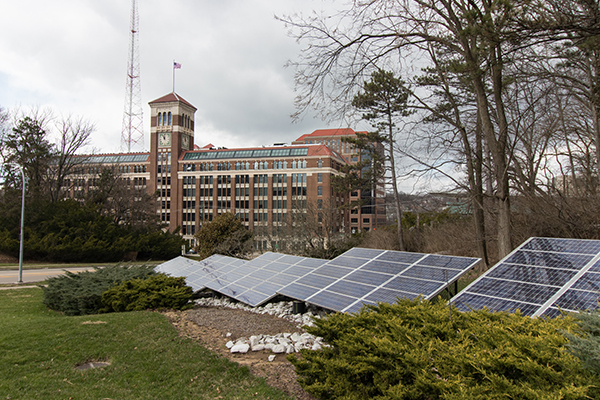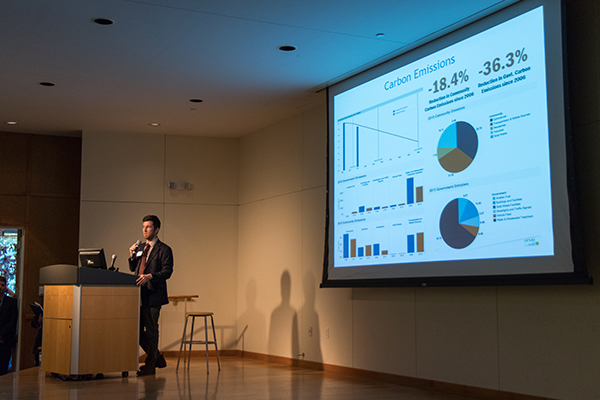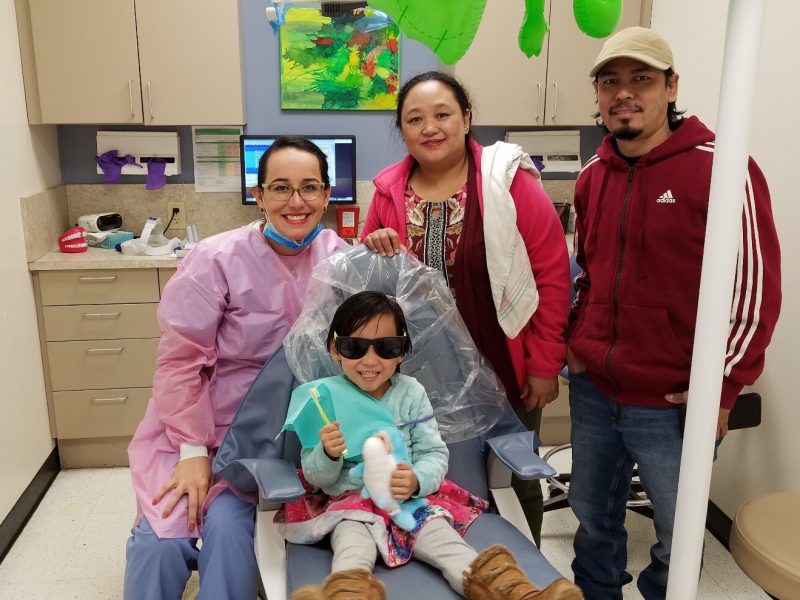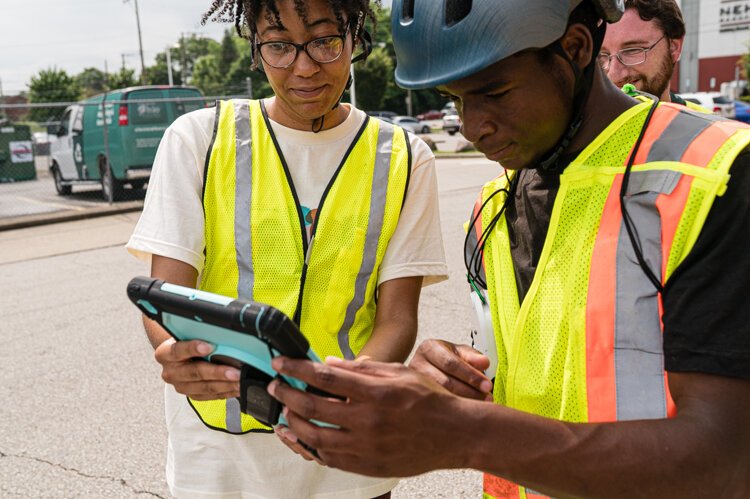Updates to the Green Cincinnati Plan Seek Out Inclusive Input from Residents
The third update to the Green Cincinnati Plan, first initiated in 2008, pairs field experts with Cincinnatians to formulate a strategy based on sustainability, resilience, and equity.
The third update to the Green Cincinnati Plan, first initiated in 2008, pairs field experts with Cincinnatians to formulate a strategy based on sustainability, resilience, and equity. In the hopes of creating an inclusive plan that will work for the City as a whole, the Green Cincinnati Plan seeks solutions to combat severe flooding, extreme heat, increased storm events, flash flooding, landslides, sewer-backups, and changes in precipitation, as well as creating efficient and more sustainable practices for the City.
The plan evaluates resilience to climate change, equitable solutions, and sustainable improvements through eight categories: energy, transportation, waste minimization, food, natural systems, education and outreach, and resilience and built environment.
Task teams for each category are led by industry experts chosen by the City’s Office of Sustainability, who host community recommendation meetings.
Public events inviting Cincinnatians from all neighborhoods to share their ideas and participate in task team meetings allowed the City to hear the residents directly. And, for those unable to make the meetings, an online portal, in both Spanish and English, on the City’s website provided an alternative opportunity for input.
“We wanted to hear from the community and what is needed here,” says executive director of Green Umbrella Kristin Weiss. She explains that this time around the Green Cincinnati Plan is “Looking to be more inclusive, more equitable.”
A facilitator of sustainable efforts in the Cincinnati Area, Green Umbrella has been involved in the Green Cincinnati Plan since the second updates. Weiss stresses that the think tank doesn’t need to be limited. One doesn’t need to be a professional to be in the space. This round of the plan allows more participation.
Between the meetings, held intermittently since September 2017, and the online portals, hundreds of recommendations have been collected.
This update of the plan is more “Inclusive and collaborative,” says Charlie Gonzalez sustainability consultant and head of the resilience task team. He emphasizes the importance of empowering residents and examining their strengths and weaknesses to formulate solutions that will work for everyone.
While the plan focuses on the city as a whole, part of the updates include a neighborhood vulnerability assessment to predict climate change impacts. As storms increase, the city desires to strengthen resilience — water management has been a major issue, and some neighborhoods remain more vulnerable than others.
Ensuring equitable solutions is a strong concern for this update. Certain areas are more vulnerable to storm water flooding, but extreme heat events, power outages, and sewer back-ups also hit some areas harder than others.
As major heat events increase in severity and frequency, neighborhoods with less access to air conditioning remain at higher risk.
“Extreme heat events, especially in neighborhoods less well off,” Gonzalez explains need attention and immediate solutions. Urban heat island effect, tree canopy coverage and impermeable surfaces can be manipulated to decrease the risks associated with heat emergencies.
One proposed plan is to ensure an air conditioning unit in at least one room per rental dwelling.
Yet, those solutions can be challenging to enforce. Sustainability incentives most often only pertain to property owners rather than renters, thus leaving out a major percentage of the City’s population. Ways to encourage and enforce renters and landlords can solve those issues, along with “Mandates or incentives on newer developments,” says Gonzalez.
Multi-lingual alerts and alternative ways to reach those without access to smart phones can help bridge the equity gap as more severe weather events increase in the area.
“The steep increase in intense storms” Gonzalez says, is a major concern for the City. The question his resilience task team asks: “How resilient is our power grid?” In the event of power outages, back-up power systems for hospitals, recreation centers, and other emergency centers need to be ready and reliable.
Tremaine Phillips, head of the built environment task team and director of strategic initiatives at Empower Saves, a company dedicated to connecting small businesses and homes to energy saving products, explains that the past year gave great insight into the nation’s consequences from unpreparedness to the changing climate, with the tumultuous hurricane season and the major effects on cities like Houston. It’s causing Cincinnati to question its preparedness and resilience to changing climate threats.
In 2017, waste water flooding and especially high temperatures gave insight to the changes and places that Cincinnati needs to adapt. Storm damage cost the City over $46 million in damages; the most costly year, yet.
So far, 2018 has presented several major storm events including flooding, severe thunderstorms, severe wind, landslides, and even a recorded tornado. The concept of resilience offers ways to better prepare for these increasing severe weather events which also includes extreme heat, flooding and sewer back-ups.
In February of this year, the Ohio River reached almost ten feet above the flood stage at 60.5 feet, the highest in 20 years, impacting over 1,000 structures.
Resilience to climate change also pertains to securing energy. Ensuring the City is running on renewable energy is crucial to keeping up with climate change. Sustainability means not only saving the City and residents funds on energy, but also ensuring the city can remain strong and minimize our carbon foot print. Improving infrastructure is crucial here. “Buildings in Cincinnati result in 65% of greenhouse gases,” explains Phillips.
Cincinnati’s sustainability coordinator, Oliver Kroner explains that the City is “Analyzing [its] carbon footprint.” In September 2017, Mayor Cranley proposed the construction of solar panels on city-owned properties which could produce 25 mega-watts of energy—the equivalent of 33 million kilowatt hours per year: enough to power 3,400 homes and cover 20 percent of the city’s total energy.
The city hopes to convert to 100 percent renewable energy, by 2035.
It’s important to strive for “Regenerative, not just sustainable,” Gonzalez says and stresses the importance of “Mitigating urban metabolism.”
“Cincy is ahead, some partner regions haven’t created their first plan and we’re already on our third”, Weiss says.
One of Green Umbrella’s initial tasks was to examine baseline metrics and ways to track and measure progress over time, progress on these initiatives can be tracked immediately.
Gonzalez emphasizes the importance of “Hearing each other. That’s why it’s important to have these collaborative events.” He discusses how we are polarized as a City. The issue of climate change can become politically driven. In order to move forward, people need to feel like they’re being heard. Most people think the problems are too big. Gonzalez says, it’s all about “Changing the narrative.”
At this stage, those behind the Green Cincinnati Plan are focusing on prioritizing recommendations based on community support and impact and examining feasibility and potential repercussions.
From several hundred, the plan recommendations are down to about 80 that will be presented to the steering committee in April before making it to City Council.

















